Your Ultimate Guide to Timeless Black Hairstyles (And How to Actually Do Them Right)
I’ve been behind the chair for a long time, working with every kind of textured hair you can imagine. And let me tell you, I’ve seen trends explode and then fizzle out just as fast. But the classics? They stick around for a reason. They’re the foundation, the alphabet we use to write our own stories with our hair.
In this article
Honestly, the first thing I teach any new stylist is that you have to listen to the hair in front of you. It’s not about wrestling it into submission; it’s about a partnership. This guide is all that salon-level knowledge, boiled down for you. We’re going to talk about those timeless styles, but more importantly, how to get them right so your hair stays healthy and happy. Because at the end of the day, beautiful style starts with healthy hair. Period.
First Things First: Get to Know Your Hair
Before you even think about picking up a comb, let’s do what the pros do. We don’t just see curls; we assess their personality. Learning to do this for yourself will completely change your hair game, I promise.
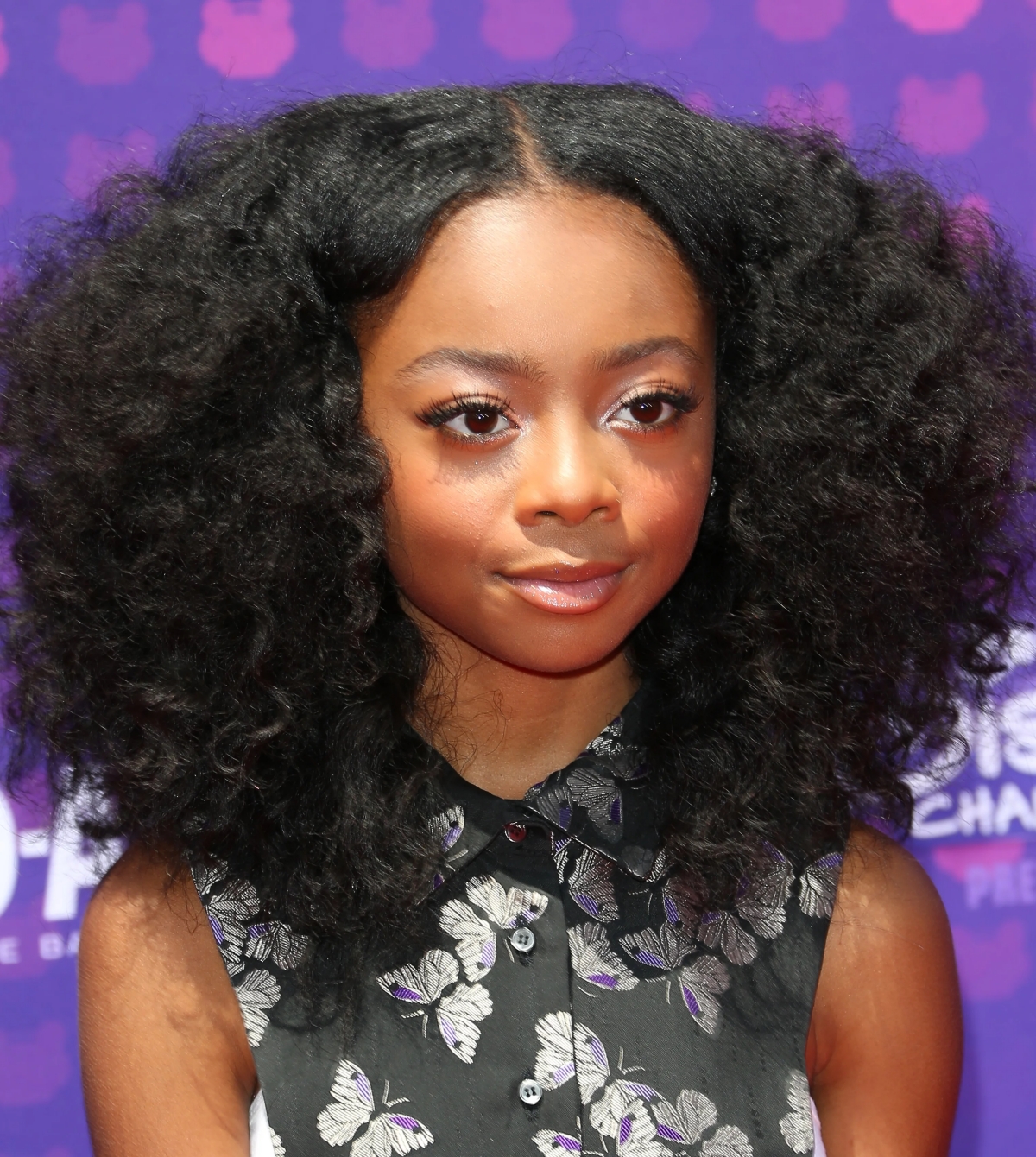
Hair Porosity: Is Your Hair Thirsty or Waterproof?
Porosity is just a fancy word for how well your hair can absorb and hold onto moisture. It’s probably the single most important thing to know because it dictates which products will be your holy grail and which will just… sit there, looking greasy.
Here’s a super simple way to check. Drop a clean, dry strand of your hair into a glass of water. Wait a couple of minutes.
If it’s still floating, you likely have low porosity hair. This means the outer layer of your hair, the cuticle, is shut tight. Water and products tend to bead up on top. The trick here is using a little warmth to coax that cuticle open. Deep conditioning with a steamer or even just a warm towel wrapped around your plastic cap makes a HUGE difference. Look for lighter oils like jojoba or grapeseed oil; heavy butters will just weigh you down.
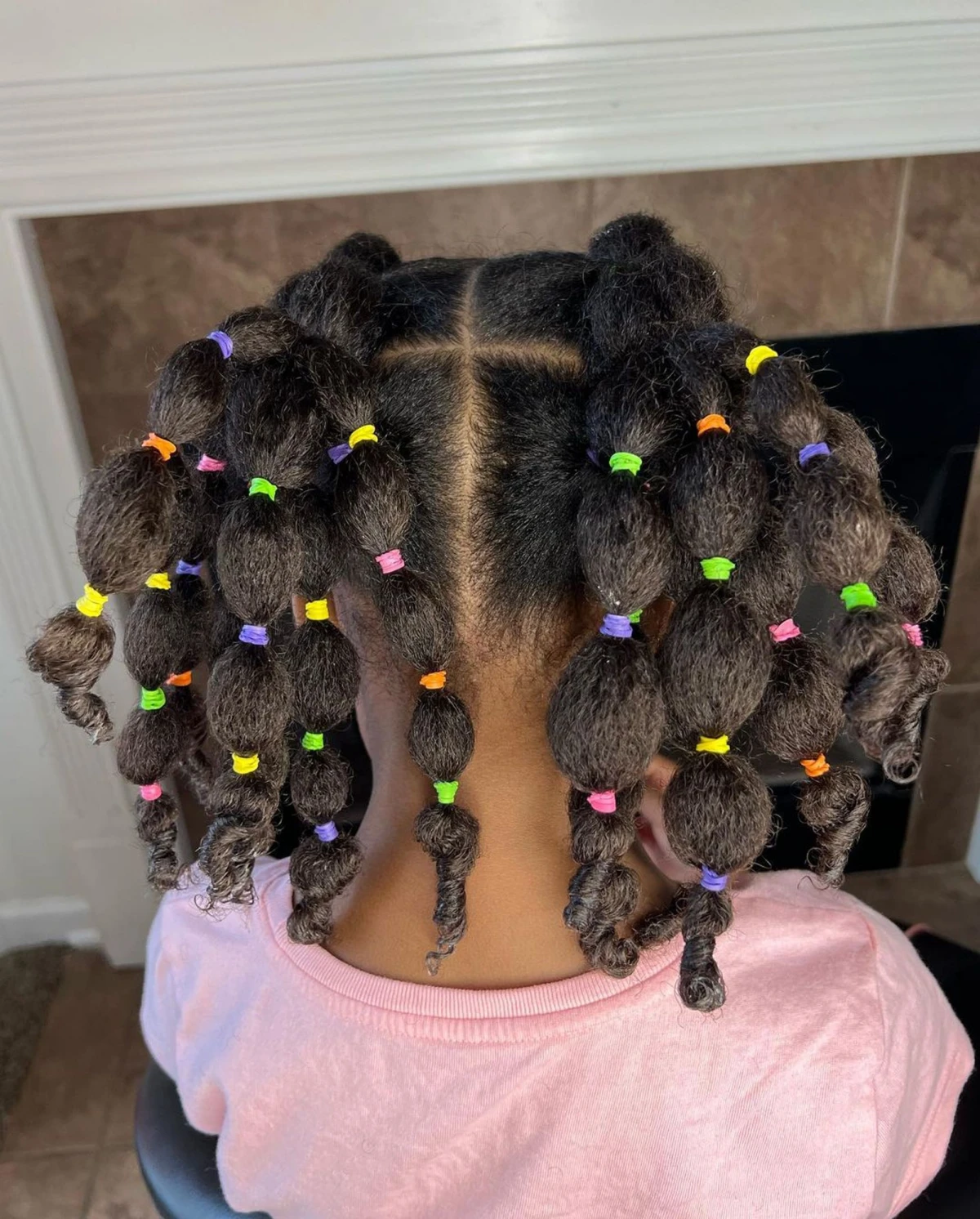
If it sinks to the bottom right away, you’ve got high porosity hair. The cuticle has gaps, so it drinks up moisture like a sponge… but it also loses it just as fast. This can lead to frizz and that dreaded dry feeling. Your hair loves layers. Methods like L.O.C. (liquid, oil, cream) or L.C.O. (liquid, cream, oil) are your best friends. You’ll want to seal all that good moisture in with thicker butters like shea or mango butter.
Hair Density & Curl Pattern
Just a quick note on this: density is about how many strands are on your head, not how thick they are. You can have fine hair but a ton of it! And as for curl patterns (you know, the 3C, 4A, 4B stuff), think of them as a loose guide, not a strict rule. Most of us have a whole party of different patterns on our heads. Use the system as a language to find others with similar hair, not as a box to squeeze yourself into.
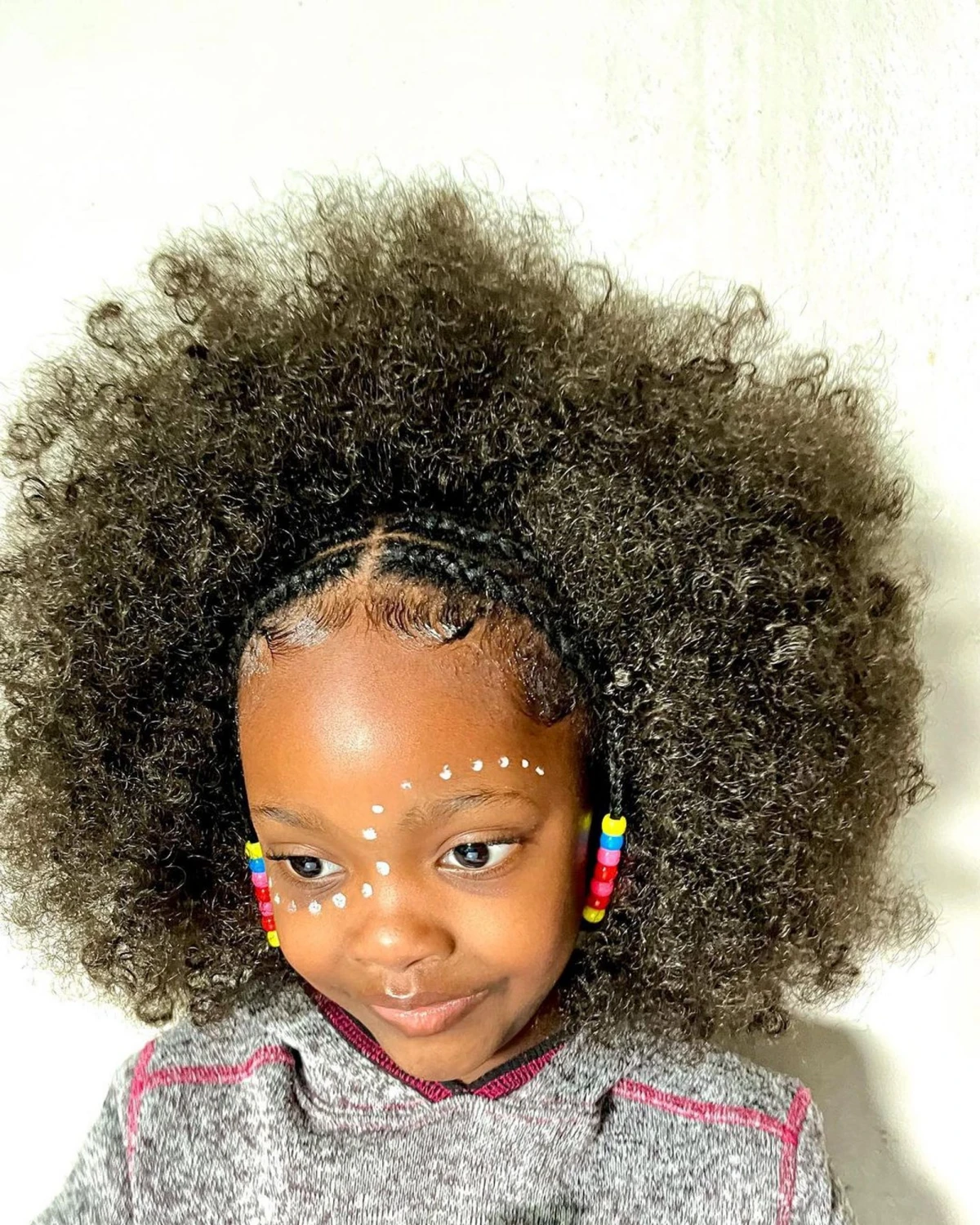
The Core Styles: A Deep Dive From a Pro
Alright, let’s get into the fun stuff. For each of these styles, I’m going to break down the technique we use in the salon and drop in some real-world advice to keep your hair safe.
1. The Shaped Afro
An Afro is a statement of pure confidence. But a truly stunning Afro isn’t just an accident of nature; it’s the result of killer moisture and a professional shape.
The Pro Technique: A free-flowing Afro is gorgeous, but a shaped Afro has that intentional, polished look. This requires a specific type of cut, almost always done on dry, stretched hair. Why? Because it lets a stylist see the hair’s true length and carve out a balanced shape. Please, this is not one to try in the bathroom mirror after watching a video. A bad cut takes forever to grow out.
Heads up! When looking for a stylist, use sites like Styleseat or Cut It Kinky and search for pros who list “dry cutting” or “curly cuts” in their services. A good cut is an investment, usually running between $90 and $250, but it’s the foundation for everything else.
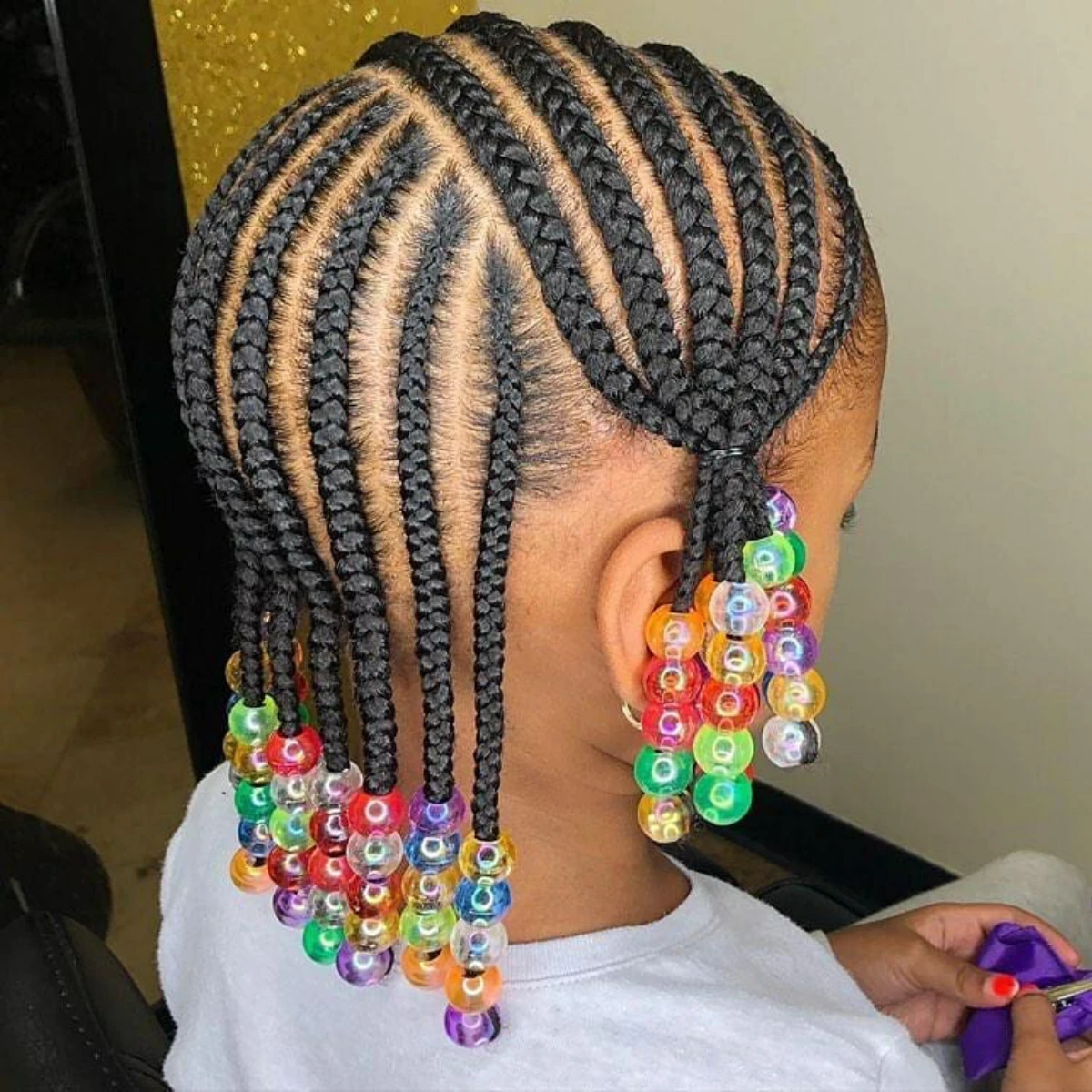
For daily maintenance, it’s all about the fluff, not the pull. Use a metal pick only at the roots to lift and create volume. Don’t drag it through to the ends—that’s a one-way ticket to breakage and pattern disruption. Use your fingers to shape the rest. A daily spritz of a water-based leave-in keeps it from feeling crunchy.
2. Braided Styles: Art & Protection
Braids are a cultural pillar and an amazing protective style. But—and this is a big but—when they’re done wrong, they can be one of the most damaging things for your hair.
The Pro Technique: It all starts with clean parts. We use a rat-tail comb and a touch of gel for those razor-sharp lines. The most critical factor, though, is tension. The braid needs to be secure, but it should NEVER hurt. If you can’t smile or move your eyebrows without feeling a painful pull, your braider is going too tight. It’s okay to speak up! A little discomfort is not part of the deal; it’s a red flag for future hair loss, especially around the edges (traction alopecia).
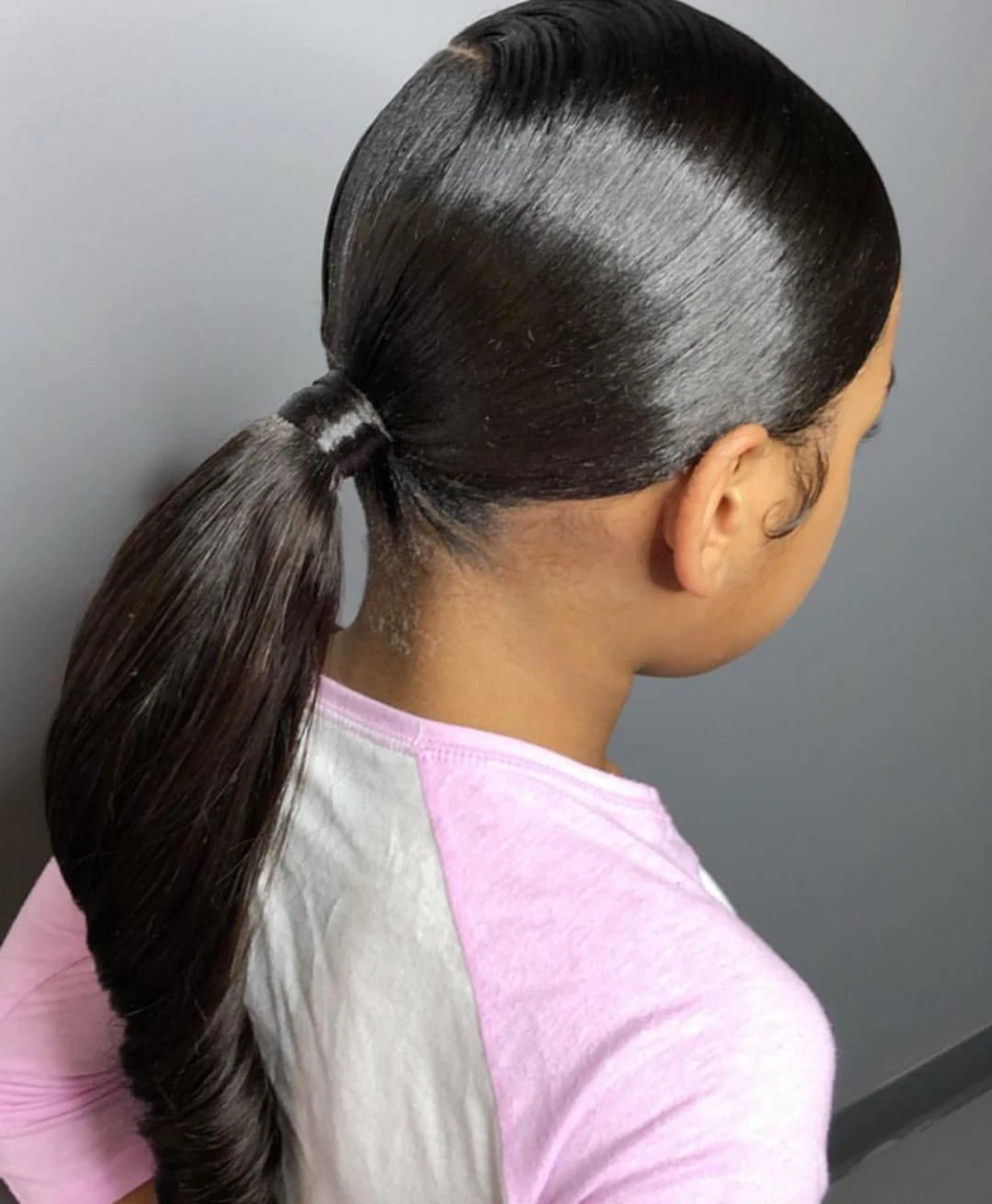
Good to know: When you get box braids, expect to pay anywhere from $150 to over $400, depending on the size, length, and your location. If you’re doing them yourself, you’ll need about 5-8 packs of pre-stretched braiding hair—brands like X-Pression or Ruwa are salon staples and cost about $5-$7 a pack at your local beauty supply store. To seal the ends, we dip them in hot (not boiling!) water. It’s so much safer than using a lighter.
And remember, these styles shouldn’t stay in for more than 6-8 weeks. Your scalp needs a break and a proper scrub.
3. The Sleek Ponytail
This style screams chic, but getting that flawless, helmet-sleek finish that lasts all day is a science.
What You’ll Need: To do this right, you’ll want a firm-hold gel (think Got2B Glued in the yellow tube or Style Factor Edge Booster), a hard boar bristle brush, a soft boar bristle brush for that final polish, and a silk or satin scarf.
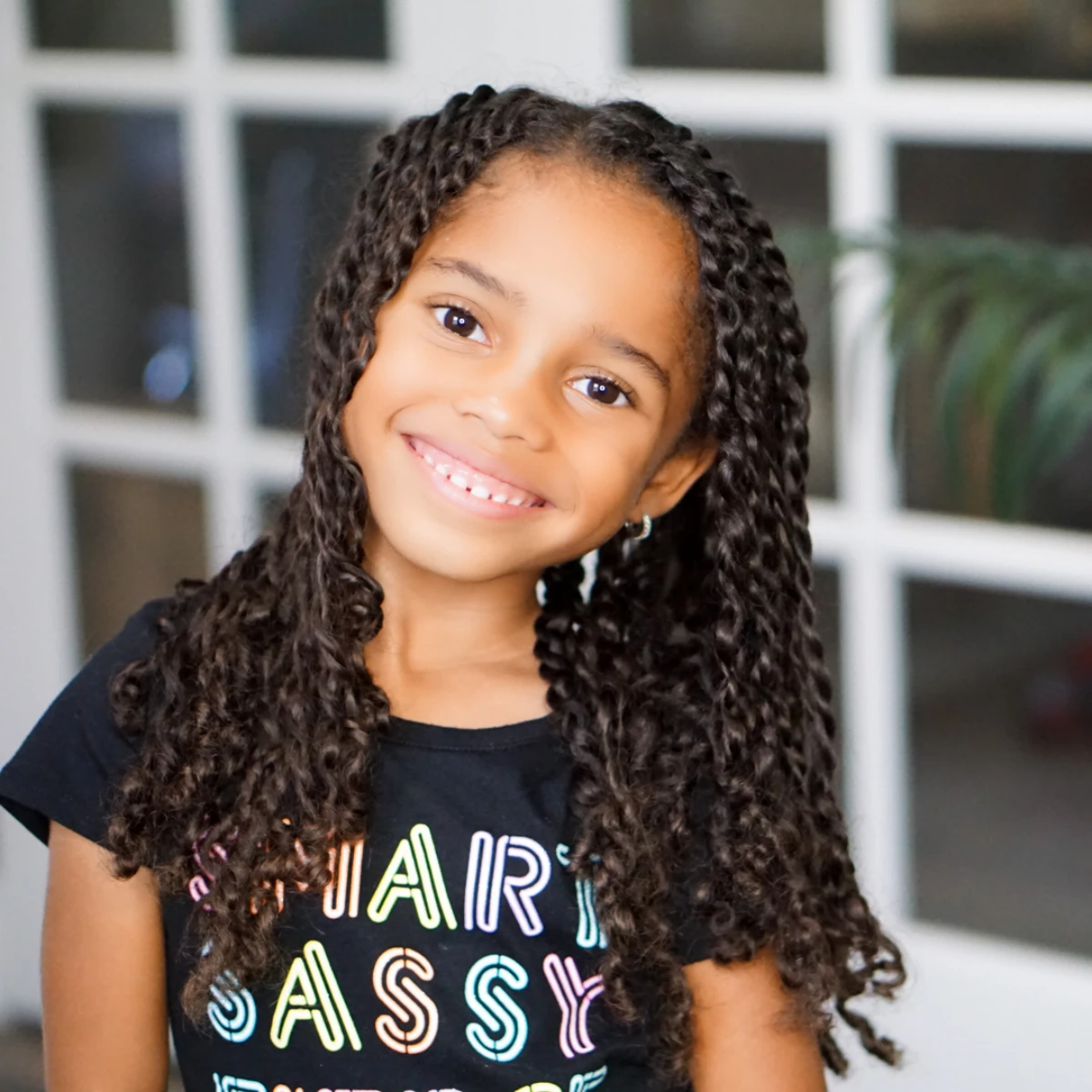
The Pro Technique: We start on stretched or blown-out hair. Apply your gel generously over all the hair you’re pulling back, not just the edges. Brush it smooth with the hard brush first, then go over it with the soft brush to get it flawless. Once it’s secured with a hair tie, here’s the non-negotiable step: tie that satin scarf tightly around the smoothed-down part. You can let it air dry or sit under a hooded dryer for 10-15 minutes. This is what molds the hair into that perfect, sculpted shape.
This is a high-tension style, so it’s not for everyday wear. Trust me, I’ve consulted with clients who had serious thinning from wearing tight ponytails daily. Give your hairline a break!
4. The Twist-Out
Ah, the twist-out. It’s a rite of passage for many of us, but getting consistent, frizz-free definition can be so frustrating.
The Pro Technique: Start on clean, damp (not sopping wet!) hair. Section your hair into squares—about one to two inches is a good start. The smaller the section, the tighter the definition.
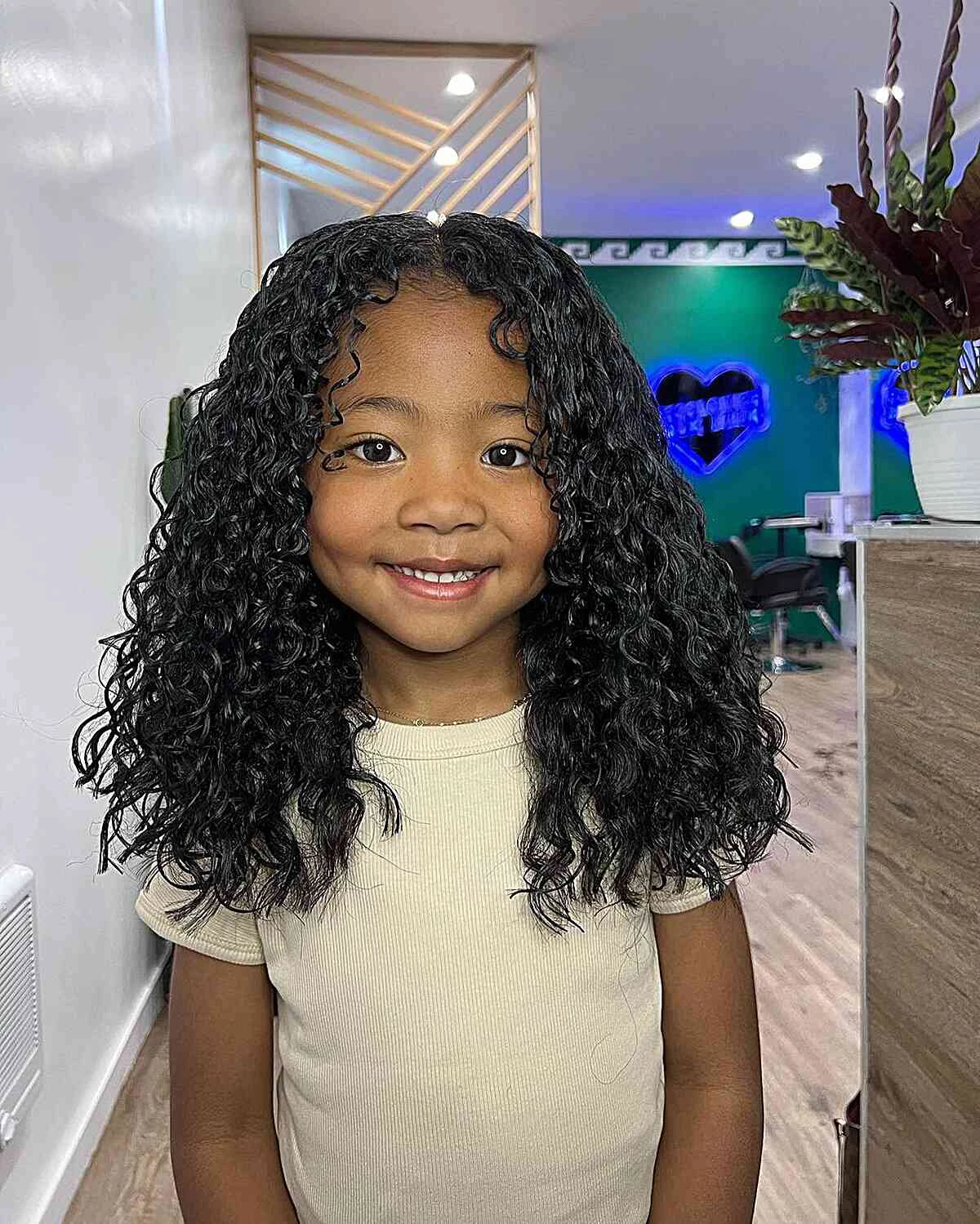
Now for products. You need a good moisturizing styler with some hold, like a curl cream or a mousse. A couple of my go-tos are The Doux’s Mousse Def or Mielle’s Pomegranate & Honey Twisting Soufflé. Rake the product through each section, then split it in two and twist with even tension all the way down. If your ends are a bit scraggly, just coil them around your finger to help them clump.
Pro Tip: If your products are flaking, they might not be compatible. Rub them together on the back of your hand. If they create little white balls, they’ll do the same in your hair.
The takedown is just as critical. The twists must be 100% dry. I cannot say this enough. Put a bit of light oil on your fingertips to prevent frizz, and gently unravel each twist. You can then separate for more volume, but don’t go crazy on day one. The style will get bigger on its own over the next few days. Realistically, plan for about 60-90 minutes of twisting for shoulder-length hair, not including the drying time, which is often overnight.
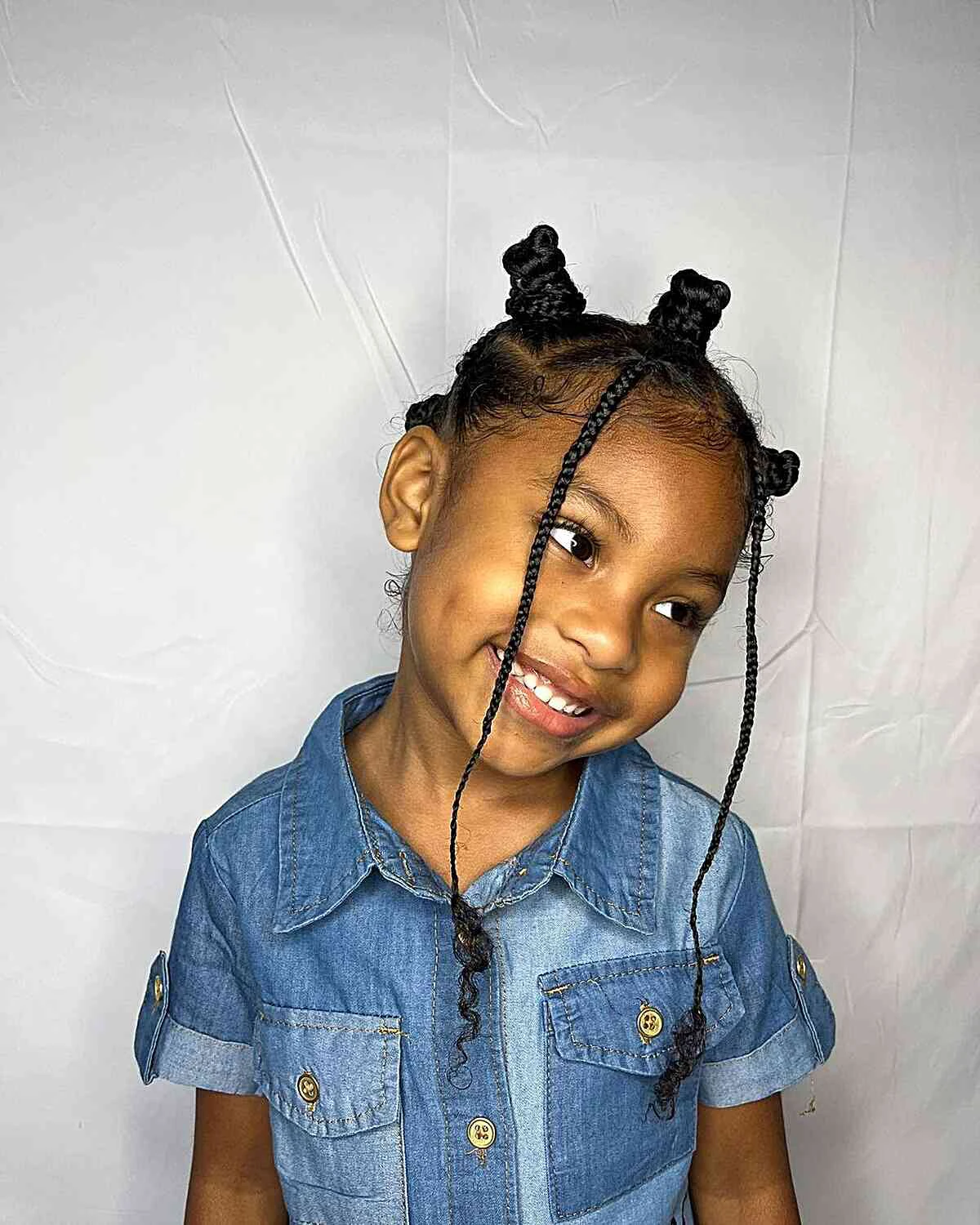
5. Bantu Knots
Bantu knots are pure genius. They’re a gorgeous style on their own and double as a fantastic way to create bouncy, heatless curls (a ‘knot-out’). The technique is very similar to a twist-out. Work in sections on damp, moisturized hair. First, do a two-strand twist, then wrap that twist around itself to form a little knot against your scalp, tucking the end underneath. The main warning here is, again, tension. Don’t wrap them so tightly that your scalp is screaming at you.
6. Buns and Updos
A classic bun is elegance itself. To make sure it’s also a protective style, gather your hair gently without yanking. A hair donut can be a lifesaver for creating a full, perfectly shaped bun, especially if your hair isn’t super dense. A common mistake is always placing the bun in the exact same spot, which can cause breakage. Try to switch it up—wear it high one day, low the next, and maybe to the side sometimes.

7. Heatless Curls with Rods
For uniform, predictable curls without the damage of a curling iron, setting rods are your best friend. The logic is simple: the size of the rod dictates the size of the curl.
Here’s a quick rundown:
- For tiny, tight coils, you’ll want to use the smallest perm rods (usually grey or pink).
- For more of a spiral curl, go for the medium-sized blue or yellow perm rods.
- For big, bouncy curls or loose waves, grab the larger flexi-rods (often purple, orange, or green).
On damp hair, apply a setting foam or lotion for hold. Wrap your hair smoothly around the rod, using end papers if you want to make sure the tips are perfectly smooth. The hair must be completely dry before takedown. This can take an hour under a hooded dryer or several hours (or overnight) if you air-dry.
Bonus: The 5-Minute High Puff (For When You’re in a Rush)
Let’s be real, we don’t always have time for a full styling session. For a quick, stylish, and still protective look, the high puff is a lifesaver. The trick is to avoid a regular tight hair tie, which can cause headaches and breakage. Instead, use an old shoelace or a long bungee cord. Spritz your hair with a little water or leave-in, smooth your edges, and then use the lace to gather your hair at the crown of your head, tying it to a comfortable tightness. It gives you all the style with none of the tension.
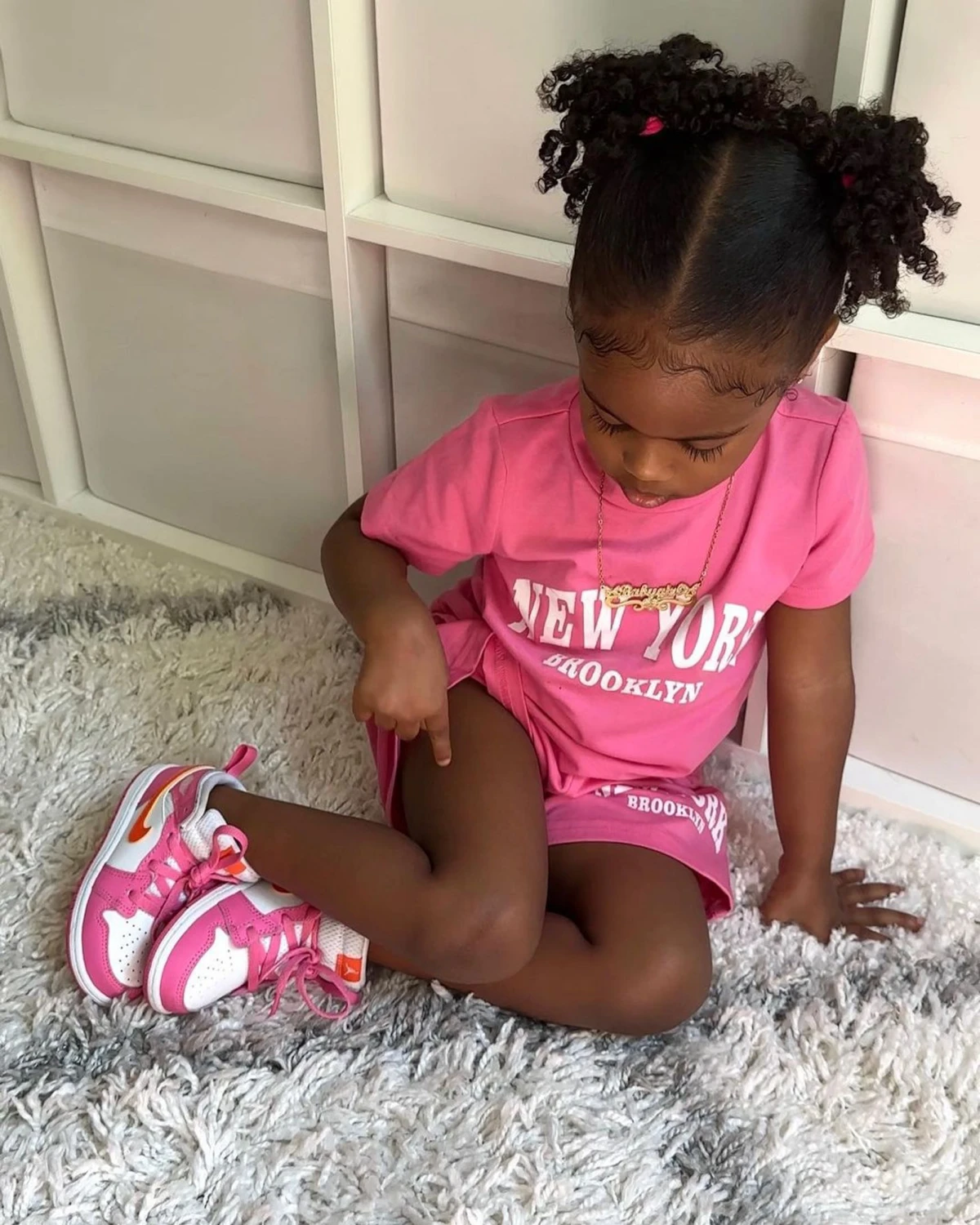
Long-Term Care Is Everything
A great style is temporary, but a great routine builds a lifetime of healthy hair.
Your night routine is non-negotiable. A satin bonnet, scarf, or pillowcase is the best $10-$20 you’ll ever spend on your hair. It prevents moisture loss and friction. For styles like a twist-out or Afro, use the ‘pineapple’ method: loosely gather your hair at the top of your head with a scrunchie to protect the shape.
And know when to DIY versus when to see a pro. You can master your own twist-out, but for things like shaping cuts, intricate braiding, and especially color services—leave it to a licensed professional. Applying bleach and color to textured hair without ruining its integrity is a complex chemical process. Seriously. It’s worth the investment to avoid a chemical cut you’ll regret for years. A good stylist is also your first line of defense for scalp issues and can tell you when it’s time to see a dermatologist.
At the end of the day, this is all a journey. Be patient, pay attention to what your hair loves, and you’ll build an intuition that’s better than any guide. That’s the real secret.
Inspirational Gallery
In some parts of West Africa, intricate braid patterns were historically used as a form of communication. They could signify a person’s tribe, marital status, or even serve as maps for escape routes.
Today, while we choose styles for beauty and protection, that legacy of hair as a language remains. Every twist, braid, and loc tells a story of identity, heritage, and personal expression, connecting us to a powerful history written in strands.
Edge Control Showdown: Hold vs. Health
For a sleek, unmovable finish: A wax-based pomade like Hicks Total Transformations Edges provides maximum, long-lasting hold that withstands humidity. It’s perfect for polished updos and sharp parts, but use a clarifying shampoo to prevent buildup.
For daily styling with benefits: A gel-based formula like Mielle Organics Rosemary Mint Strengthening Edge Gel offers a softer hold while infusing the delicate hairline with biotin and nourishing oils. It’s the ideal choice for everyday wear where hair health is the top priority.
That fresh-out-the-salon feeling doesn’t have to vanish overnight. Protecting your style while you sleep is non-negotiable for longevity and hair health.
- Satin or Silk is a Must: Whether it’s a pillowcase, a bonnet from a brand like Grace Eleyae, or a simple scarf, the smooth surface prevents the friction from cotton that causes frizz and breakage.
- The
Are my protective styles actually causing damage?
Yes, they can if installed too tightly. This is called traction alopecia, a form of hair loss caused by constant pulling on the hair follicles. Telltale signs include persistent soreness, tiny bumps around your hairline, or headaches after getting your hair done. True protective styles should be completely painless. Always speak up if your stylist is braiding too tightly, and give your hair and scalp regular breaks between installations.
- Boosts shine and softness
- Reduces frizz and flyaways
- Deeply moisturizes thirsty strands
The secret? A simple hot oil treatment before you shampoo. Gently warm up a carrier oil like jojoba or sweet almond oil (don’t boil it!) and massage it into your scalp and hair. Cover with a plastic cap for 20-30 minutes to let the heat open up your hair cuticles for maximum absorption. This pre-poo step makes a world of difference for detangling and moisture retention.
The secret to next-level braids and twists: Don’t just accessorize, curate. Think beyond simple beads and consider adding gold or silver cuffs, like those from Universal Soul, to your box braids for a touch of regal elegance. For locs or twists, wrapping a few individual strands with colored thread can add a personalized, bohemian vibe without the commitment of dye. It’s these small details that elevate a classic style into a signature look.
Wash day can feel like a chore, but reframing it as a self-care ritual changes everything. It’s the one time you can truly connect with your hair. Feel the texture of a rich deep conditioner from a brand like Briogeo as you work it through, enjoy the scent of your favorite leave-in, and take the time to gently detangle. It transforms from a task into a moment of true pampering and appreciation for your natural crown.
A 2018 study in the International Journal of Dermatology highlighted that common Black hairstyles like braids and weaves significantly increase the risk of traction alopecia when maintained for long periods without breaks.
This isn’t to scare you away from these beautiful styles, but to empower you. The key is balance. Ensure your braids aren’t uncomfortably tight, moisturize your scalp regularly with a light oil, and plan for breaks of at least a few weeks between styles to let your follicles rest and recover.
The Teeny Weeny Afro (TWA) isn’t just a hairstyle; it’s a powerful statement. For many, the










